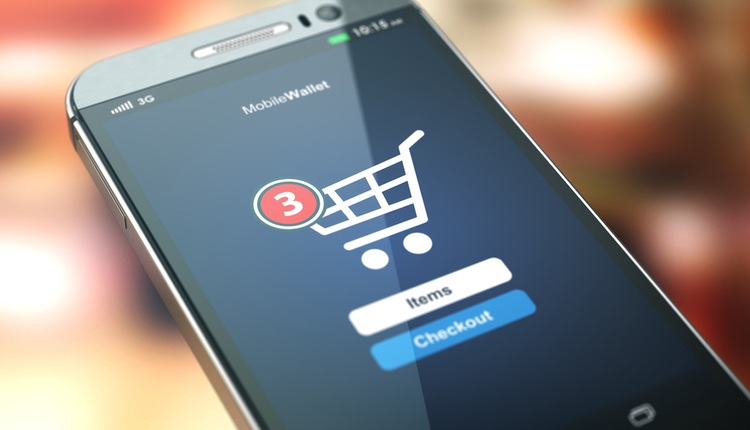This article originally appeared in the May/June issue of PARCEL.
There has been a lot in the news recently about the expanded use of robots. How would robots work in the parcel business? The real answer is that technology is already a key driver for productivity by the major carriers. It all started with the barcode, and now there are sorting facilities that only have humans placing or removing packages from the operation. The use of robots in the parcel business will continue to grow in the future.
One of the first customer-facing robots (“Sam”) in the parcel business is working in a FedEx Office in Manhattan. Sam assist the local staff in bringing broken Samsung devices to the back of the store as the front desk associate completes the transaction. Fred Smith was quoted at a recent conference as saying, “Don’t be afraid of technology and innovation and robotics. It makes people more productive. It makes goods less expensive. It makes life better.” We have seen how this has come true in the automotive manufacturing in the US. In fact, one could argue that robots saved the auto industry from leaving the US.
There is a keen drive to bring more manufacturing back to America. It will be the use of technology and robotics that will drive this higher level of productivity and allow US manufactures to be more competitive with lower wages from around the world. I recently attended the ProMat conference in Chicago, and robotics will be more attainable for smaller organizations.
Let’s take a look at how robotics will impact the parcel business. There are three components to the physical movement of a shipment: pick up, transport, and delivery. There is no question that robots will assist in the transport segment. There are active situations that have “driverless” trucks on the road doing long haul moves. This is in an early stage but gaining acceptance and viability. There is also a strong possibility that robots could be used in manual sort facilities. These facilities usually have very physical, demanding tasks that could be done with limited downtime and high productivity. On the pick-up side, robots could be used in high-volume areas like office buildings, retail stores, and mobile drop boxes. On the delivery side, they could be used to assist drivers in unloading trucks and making simple deliveries. As you can see, there are endless opportunities.
In this new machine-to-machine work world, there will be new jobs created to support and maintain this new workforce. We have seen this in many industries, but it will start to take shape in the parcel business. It has been stated that the new norm is a $3.00 delivery in the US… this can only be achieved by a high level of automation in the process. Robots are good for business as long as we don’t lose the human spirit in the process.
Michael J. Ryan is the Executive Vice President at Preferred Parcel Solutions and has over 25 years of experience in the parcel industry. He can be reached at 708.224.1498 or michael.ryan@preferredship.com.












